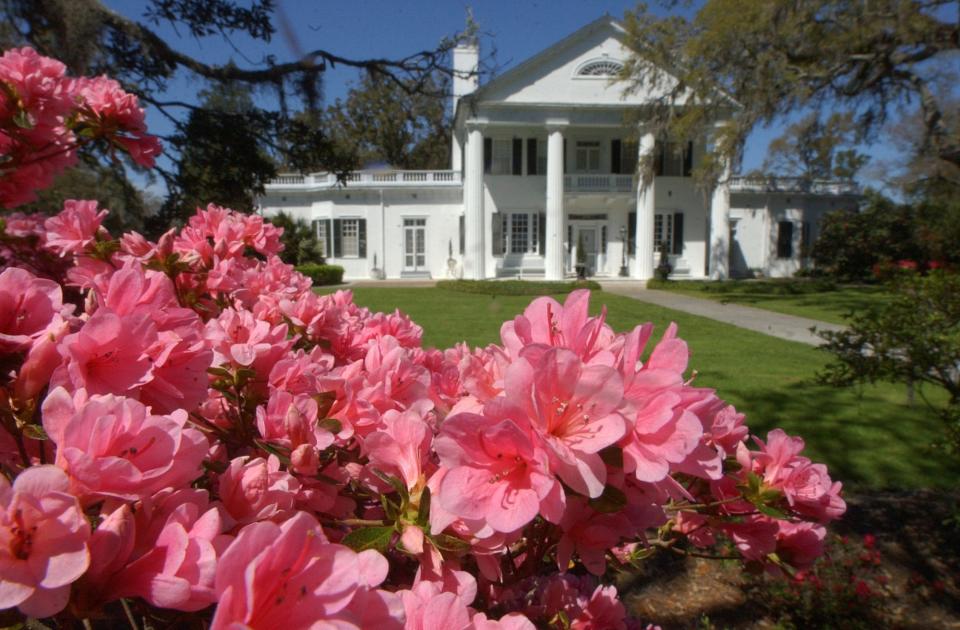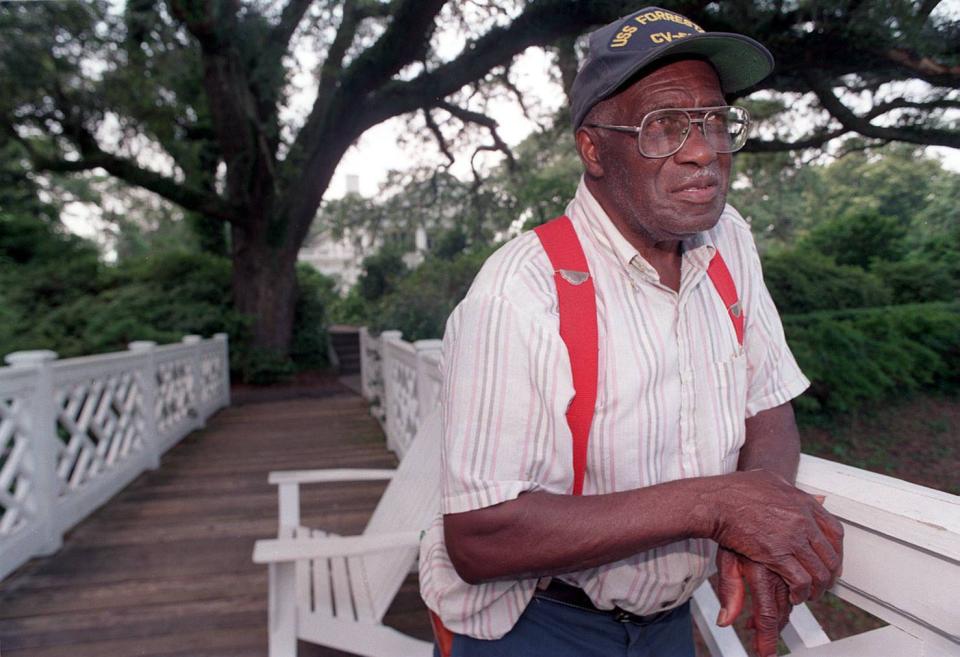From rice to film, this Brunswick plantation has seen a lot in 300 years
For more than a decade now, the goings-on at Brunswick County's fabled Orton Plantation have occurred largely out of the public eye.
For nearly a century before Orton was purchased in 2010, however, the historic plantation house, parts of which are nearly 300 years old, as well as its sprawling gardens, were open to the public as a tourist attraction, though Orton has always had private owners.
Somewhat famously, if not for the Orton Plantation house, which sits off N.C. 133 between Wilmington and Southport, Southeastern North Carolina might not have a film industry.
When looking for a Southern plantation on which to film the 1983 film version of Stephen King's novel "Firestarter," producer Frank Capra Jr. saw a photo of Orton in a magazine. He and fellow producer Dino De Laurentiis decided to film in Wilmington because of it, and a couple of years later De Laurentiis started a film studio here that remains active.

Since then, dozens of film and televison productions have shot at Orton, including "Dawson's Creek," "One Tree Hill," "A Walk To Remember," "Crimes of the Heart" and "Divine Secrets of the Ya-Ya Sisterhood."
The history of Orton predates that of Wilmington, which was founded in 1739.
According to an application for Orton Plantation to be placed on the National Register of Historic Places, which it was in 1973, it was established in the mid 1720s by Roger Moore, a son of the colonial governor of South Carolina.
"Roger Moore built on this land probably about 1725," the document reads, and the name "Orton" probably comes from an "English place name associated with the Moore family."
"Sometime before 1734," according to the application, "King" Roger Moore, as he was called, built the earliest parts of the current plantation house.
After Moore died in 1750 (he's said to have been buried at Orton), leaving some 250 enslaved workers, the property passed through a series of owners. The house was expanded in the 1840s in the Greek Revival style. Wings were added in 1910, and a further expansion to the back of the house happened in the 1960s.
Around 1880, Orton became the property of former Confederate Col. K.M. Murchison, a prosperous businessman in the cotton and naval stores industry. In 1888, Murchison built a large hotel in downtown Wilmington and called it "The Orton."
When Murchison died in 1904, his son-in-law James Sprunt, of the Sprunt cotton concern, bought the estate. Sprunt built a small chapel for his wife, Luola, on the Orton grounds in 1915 and the chapel is still there today. The Sprunt family also opened up the property to the public for tours in the early 20th century.
For much of its history, Orton was used as a rice plantation.
In 2006, Clarence Jones, who was 98 at the time, talked to the StarNews about spending most of his life working on the plantation, most of it as master gardener.

"The last crop of rice was grown here in 1931," Jones said in 2006. "I was 23 years old and had been working here since I was very young. It was a tough job, but at that time it was better than nothing."
By the mid-20th century, according to the National Register application, "Orton has come to be the state's most widely recognized example of 'Southern' architecture."
In 2010, Orton was purchased by the billionaire Louis Moore Bacon, a direct descendant of "King" Roger Moore.
In 2010, Moore told the StarNews he envisioned returning the Orton landscape "to a pre-20th century condition," something that has been accomplished in recent years by a series of controlled burns.
This article originally appeared on Wilmington StarNews: What is the history of Orton Plantation in Brunswick County, NC

